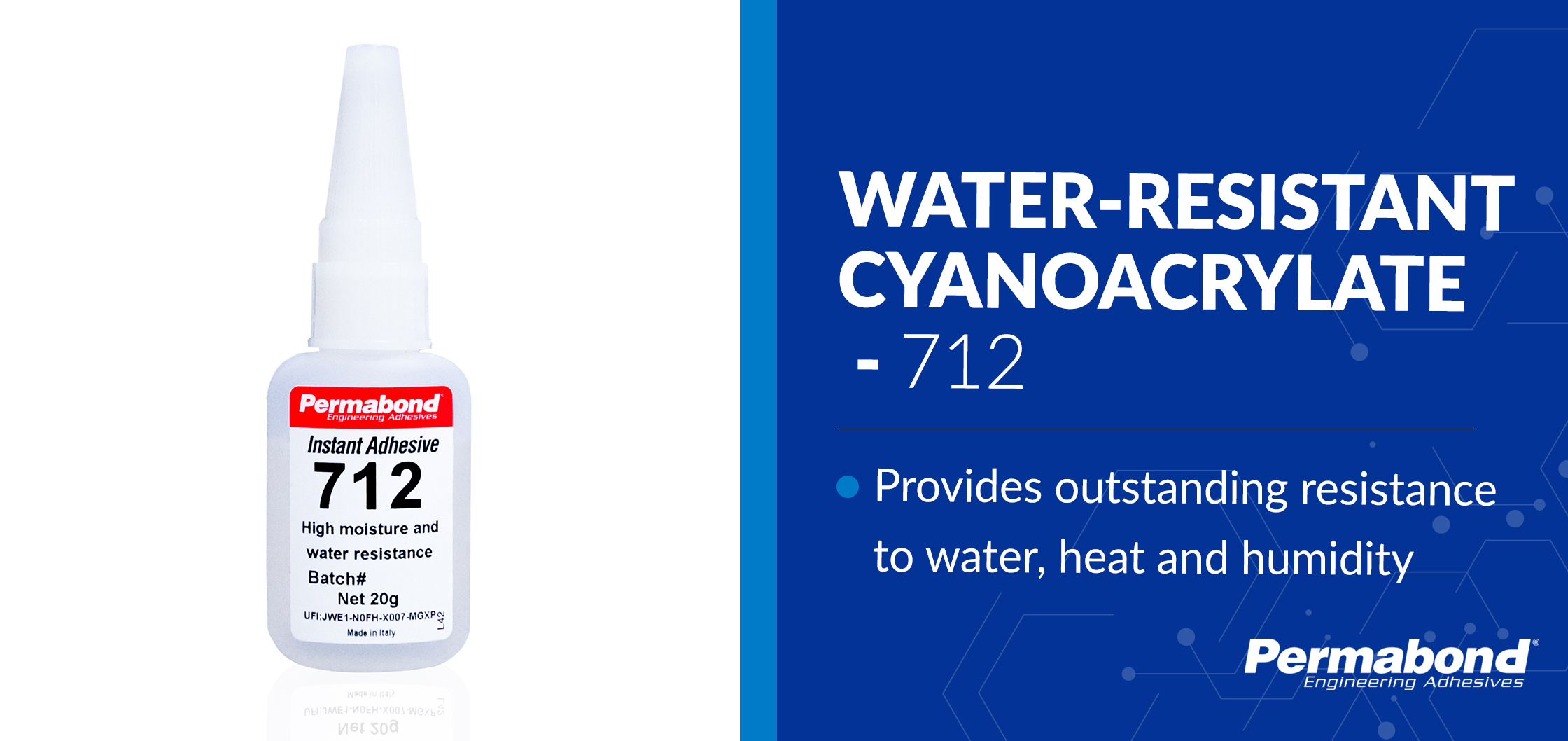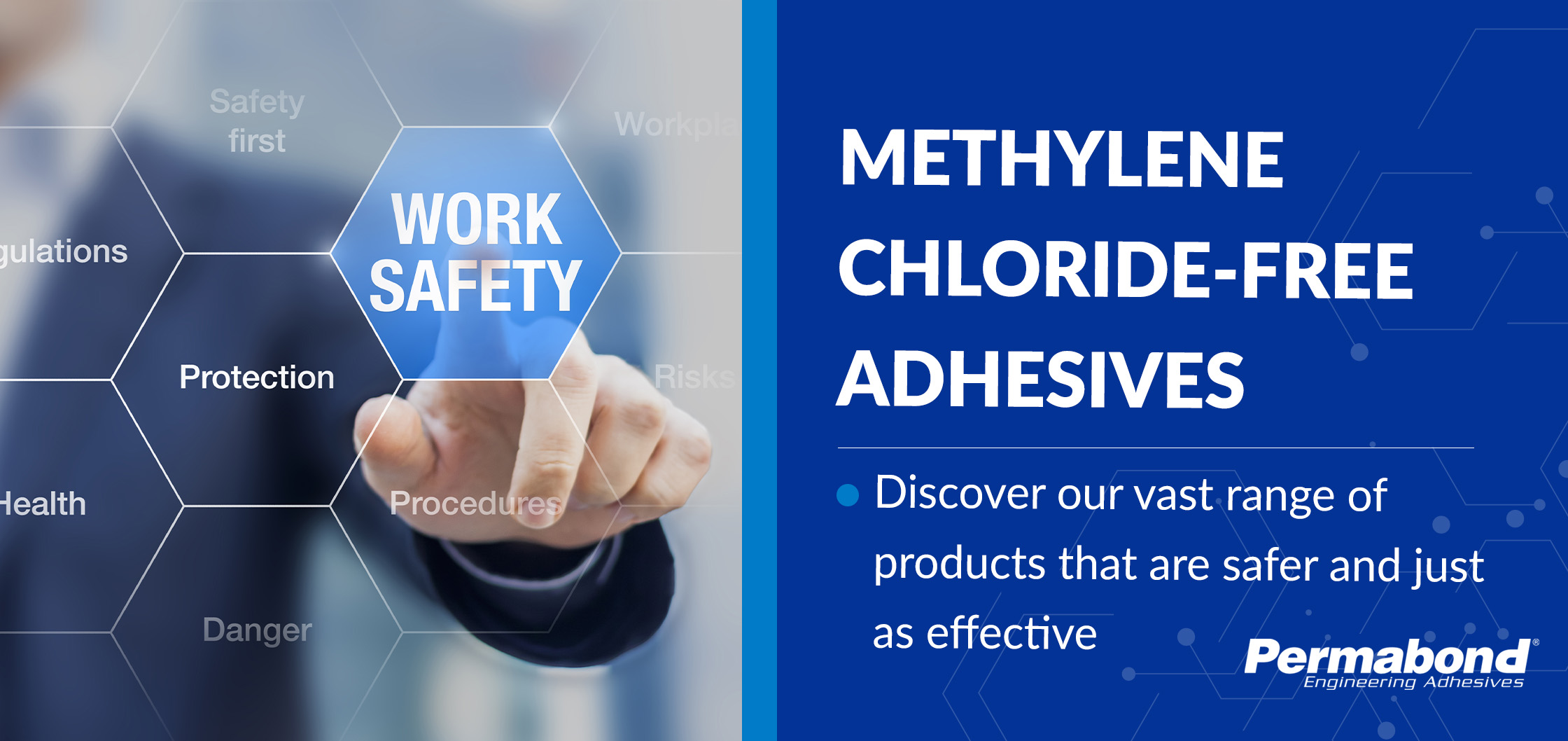Weld Sealant in the Fire Protection Industry
At Permabond we are reminded by our friends in the fire protection industry how valuable our weld sealant is to their work. At the last AFSA convention, our team was approached by many contractors and fabricators who stopped by our booth just to say thank you for such a valuable product. So when I glanced at an email that came through from a fire protection contractor – that said Thank you for a great product! I assumed it was another fire protection application of weld sealant that saved them money on call backs for leaks.

HL126 in Heavy Equipment Repair
However, this contractor had another use for our weld sealant. They had damaged the oil pan of a large piece of equipment. The pan was not removable without significant disassembly of the equipment. The service mechanic elected to try to weld it in place. However, the geometry and the location of the damage made getting a pristine weld very difficult. There was porosity and possible leakage after the weld was completed. Because they were already familiar with using weld sealant in fabrication, they applied Permabond HL126 to the weld. The oil pan is now leak free.
So how does weld sealant work?
Anaerobic sealants such as Permabond HL126 in the Americas and A126 in Europe wick into weld porosities and cure to form a permanent seal. For best results, follow the process below.
- Expose the weld. Remove dirt, rust, scale, and/or paint from the weld area to expose the metal surface.
- Bleed the system of all water and pressure to allow the weld sealant (HL126 or A126) to wick into the porosities.
- Heat the area to 120°F (50°C), or higher. Using heat will expand and activate the metal as well as evaporate any water. HEAT SHOULD NOT BE USED WITH A CHEMICAL SYSTEM. Consult the Material
- Safety Data Sheet information on the flash point, flammability, and heat stability of the chemicals involved.
- Apply the weld sealant ( HL126 or A126) to the warm welds, with a brush, swab or clean rag. Wet the area thoroughly with the product so that it can wick into all the open areas within the metal and form a new seal.
- If the porosity is large, or there are several pin-holes in the same area, several applications may be necessary to maximize the amount of weld sealant (HL126 or A126) that wicks into the voids to assure a permanent seal.
- Within five to ten minutes the product should cure with the capability of handling a low pressure. Within an hour it should be able to handle 200 psi to 500 psi of pressure. Recharging of a sprinkler system can be done after that period.
- After an hour wipe away any surface residue. The anaerobic sealant on the surface will not cure because it is in contact with air (oxygen).
For more information on weld sealants contact us!
Let’s Discuss Your Project.
"*" indicates required fields
Products
Technical Support

Permabond will help you select the right adhesive for your application.






